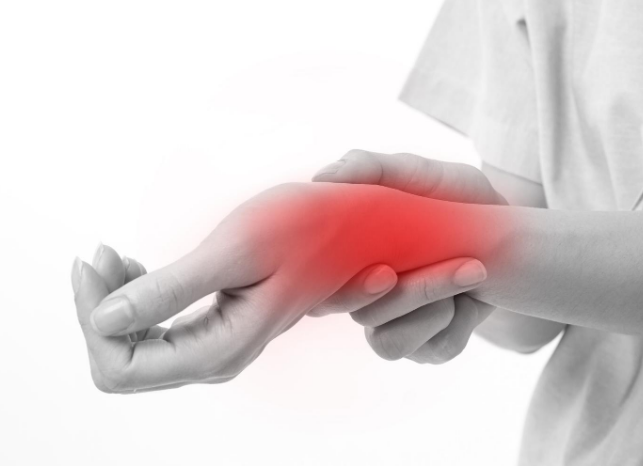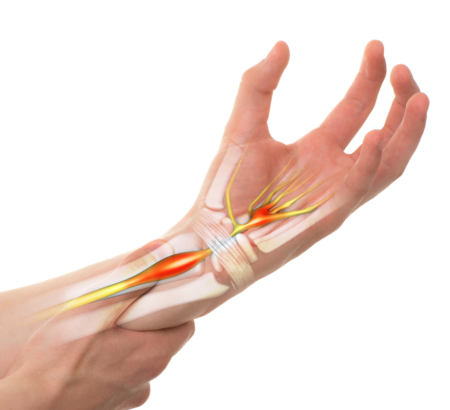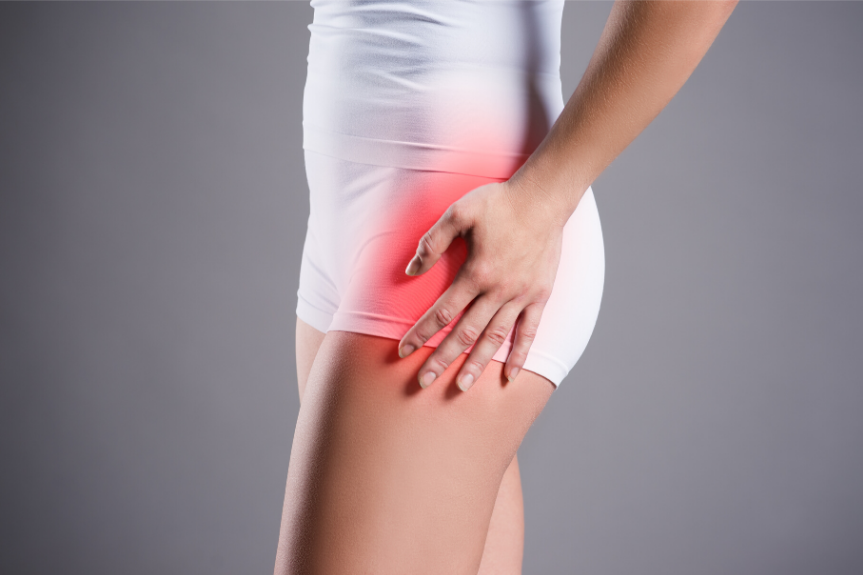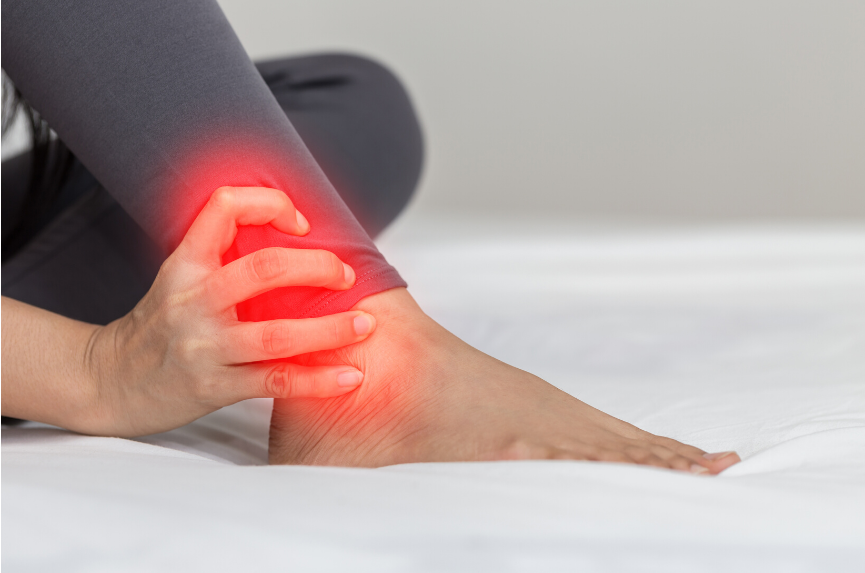
Can physiotherapists treat dizziness? General dizziness and/or feeling light headed can have many causes – dietary imbalances, low blood pressure, migraines etc. Physiotherapists can treat general dizziness when it is has cervicogenic causes (ie. if the cause is the neck or base of skull), which can be relatively common. Vertigo is considered more severe in nature. What is vertigo? Vertigo is a type of dizziness that feels like you are spinning, or that the room is spinning around you. Other symptoms may also present including nausea, vomiting, ringing in the ears, hearing loss or unsteadiness on your feet. What causes...

In Australia, 1 in 2 women that have had children will have some degree of a prolapse and of them 1 in 5 will require medical treatment (1) 1 in 2 women will have stress urinary incontinence between the age of 18-83 (3) 1 in 10 women will have endometriosis (2) A women’s health physiotherapist can offer therapeutic treatment of all disorders affecting the pelvis and pelvic floor, as listed below. It has been recognized that physiotherapy management is the gold standard first line of treatment for prolapse and stress urinary incontinence. Pelvic floor muscle training Pelvic organ prolapses (symptoms...

De Quervain’s is a condition which affects your wrist at the back of your thumb. The two tendons involved are in the back of your thumb called your Extensor Pollicis Brevis and Abductor Pollicis Longus. These tendons help to move your wrist inwards (if for example, waving hello) and help to extend the thumb outwards (giving a thumbs up). Where these tendons cross the wrist and enter the thumb they pass through a tunnel, or sheath, which helps to hold them in place. This tunnel normally has a slippery coating which allows the tendons to slide back and forth as...

Tension-type headache is a widespread form of headache characterised by mild-moderate head pain with no other associated symptoms (such as vomiting or light/sound sensitivity). It has a very high prevalence with studies reporting a prevalence of 36% for men and 42% for women internationally. They are classified by the International Headache Society as chronic if they occur 15 days/month or more, or episodic if they occur less than 15 days/month. Tension-type headache is often described as a dull and persistent pain that may vary in intensity and is usually felt on both sides of the head or neck. Some people...

Pathophysiology: Carpal Tunnel Syndrome (CTS) is a common condition, especially amongst office workers and those whose work tasks involve repetitive movements of the wrist. It is characterised by pain, numbness, and tingling (a sensation of pins and needles) in the hand but may also affect the arm. It is caused by a compression of one of the 3 nerves that pass through the wrist (most commonly the median nerve). In most cases, carpal tunnel syndrome is progressive with early diagnosis and treatment essential. If left untreated CTS can worsen, which can lead to nerve damage and a severity of symptoms...

What is Pain? Pain seems like a simple concept externally – you stub your toe and it hurts. Simple. But internally the process can be quite elaborate! Pain is an unpleasant sensory and emotional experience in the body associated with actual, or potential tissue damage. Your nervous system is used to convey messages of injury from your body to your brain, and messages of pain from your brain to your body. Acute pain is a necessary survival mechanism – it is your bodies way of warning you of tissue damage and it teaches you to avoid further tissue damage. Chronic...

The temporomandibular joint (TMJ) is more commonly known as the jaw. This joint has a hinge like structure where the mandible (jaw bone) articulates with the skull. In between the two joint surfaces is a disc which is designed to reduce and disperse load transferred from the jaw to the skull when eating. Causes of TMD (temporomandibular disorder) Trauma to the mandible, whiplash injuries, genetic factors and poor habitual eating and talking behaviours can contribute to TMJ dysfunction or temporomandinbular disorder (TMD). Poor habitual behaviours such as bruxism (clenching,/grinding) can have an effect on your joint as well as poor...

Trochanteric bursitis is inflammation of the bursa in your hip. This particular bursa sits on the outside of the hip joint, just below part of your protruding hip bone (greater trochanter). A bursa is a fluid filled sac which cushions and reduces friction between bone and the surrounding soft tissue (predominantly tendon). Trochanteric bursitis rarely occurs in isolation, and often includes some form of tendinopathy of the overlying tendons. For this reason the term “Greater Trochanteric Pain Syndrome” has been suggested as a more accurate description. It affects people of all ages and levels of activity; however it is almost...

Have you ever heard of your plantar plate? This is a thick ligament in your foot, that runs along the ball of the foot connecting to the joints. It protects the bottom of you metatarsals (foot bones) from excess pressure, preventing your toes from over extending or spreading too far apart. It can develop tears from overloading or repetitive strain. These can be particularly common in dancers and runners. You can also be more prone to developing one if you tend to over-pronate (roll your feet inwards), have a bunion or hammer toe, or have a particularly long second metarsal....

What is Syndesmosis injury? A Syndesmosis injury of the ankle involves tearing of the ligaments between the ends of the Tibia and Fibula (lower leg bones). These ligaments provide stability to the ankle joint, maintaining the ankle mortise structure. The Mortise is the concave shape that the Tibia and Fibula make to sit over the top of the Talus bone. The Syndesmosis is comprised of three major ligaments: Anterior Inferior Tibiofibular Ligament (AITFL), Posterior Inferior Tibiofibular Ligament (PITFL), and the Interosseous Ligament/Membrane. The AITFL and PITFL are considered the primary stabilisers of the Syndesmosis. The Interosseous ligament/membrane stabilises the distal...











